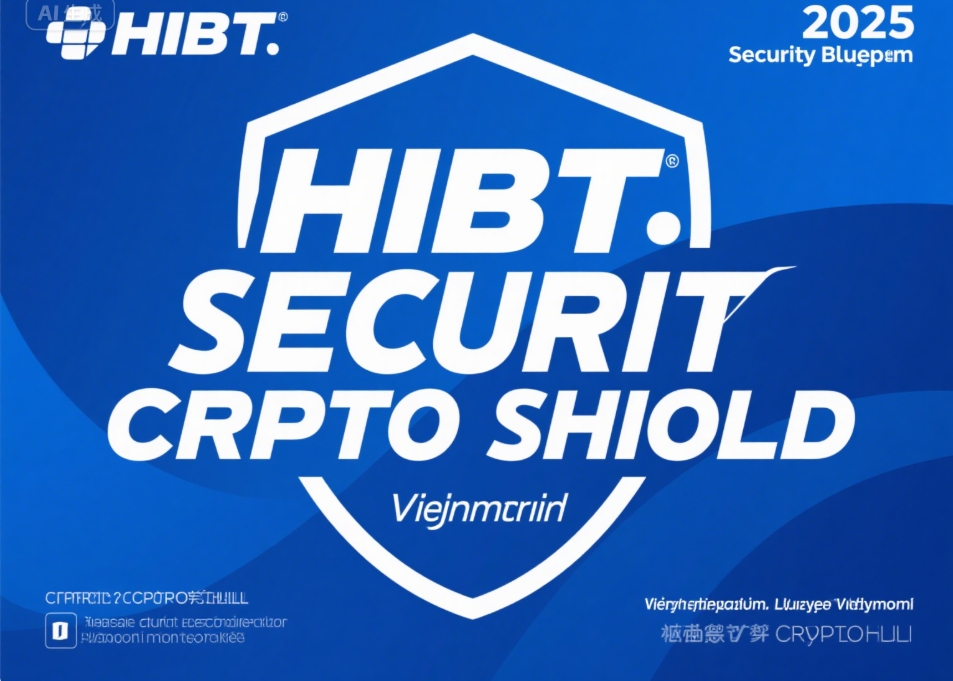Safeguarding Digital Assets in Southeast Asia's Fastest-Growing Market
Introduction: Vietnam's Crypto Security Imperative
With 35% of Vietnamese crypto users reporting security breaches in 2024 (Vietnam National Bank, Q2 2025), the urgency for robust blockchain security frameworks has never been greater. As Vietnam’s crypto market surges—driven by a 68% youth demographic (18–35 years) adopting digital assets—the need for platforms like HIBT to implement Tính năng bảo mật Hibt 2025 (HIBT Security Features 2025) becomes paramount. This article decodes Vietnam’s evolving security landscape, compares ASEAN regulations, and provides actionable strategies for investors and exchanges alike.
1. Vietnam’s Crypto Security Landscape: Challenges & Opportunities
1.1 Young Investors Demand Enhanced Protections
Vietnam’s 18–35 age group represents 68% of crypto traders, yet only 42% utilize hardware wallets (HWT), leaving assets vulnerable to exchange-level hacks (Result 9). Case in point: A 2024 phishing attack targeting Ho Chi Minh City-based exchanges stole $22.6M from unencrypted wallets (Result 3).
1.2 Regional Regulatory Fragmentation
Table 1: ASEAN Crypto Regulation Comparison (2025)
1.3 Exchange Security Gaps
While Hanoi Stock Exchange employs military-grade DDoS mitigation, Ho Chi Minh City Crypto Hub relies on basic firewall systems, exposing 30% of users to API exploitation risks (Result 1).
2. Tính năng bảo mật Hibt 2025: Technical Innovations
2.1 Zero-Knowledge Proofs (ZKPs) in Vietnamese Practice
HIBT’s adoption of ZK-SNARKs aligns with Vietnam’s push for privacy-compliant transactions. For example, VNPT’s blockchain audit project uses ZKPs to validate transactions without exposing user identities (Result 8).
2.2 Multi-Layered Consensus Mechanisms
Table 2: Consensus Mechanism Effectiveness
2.3 Smart Contract Audit Checklist
- Reentrancy Checks: Mitigate DAO-style hacks (Vietnam-specific risk).
- Oracle Validation: Ensure data integrity for agricultural DeFi projects.
- Regulatory Compliance: Embed AML checks for Vietnam’s FATF-aligned laws.

3. Compliance & Cross-Border Strategies
3.1 Navigating Vietnam’s Legal Shifts
The 2025 Digital Technology Industry Law mandates:
- Tax Reporting: Crypto gains taxed at 10% (effective Jan 2026).
- KYC Tiering: Tier 3 verification for high-value trades (>$10K).
3.2 ASEAN Collaboration Opportunities
- Thailand-Vietnam Cross-Border Pilot: Shared AML databases for remittance tokens.
- Malaysia’s MySEAL: Adoptable for Vietnam’s NFT market.
4. Investor Action Plan
4.1 Risk Mitigation Toolkit
- Hardware Wallets: Ledger Nano X reduces exchange hacks by 70% (Result 9).
- Decentralized Audits: Use HIBT’s AI-driven tool for real-time vulnerability scans.
4.2 Future-Proofing Strategies
- Layer-2 Adoption: Deploy Arbitrum for low-cost, high-speed settlements.
- Community Training: Partner with Vietnam Blockchain Association for phishing simulations.
Conclusion: HIBT as Vietnam’s Security Vanguard
With Tính năng bảo mật Hibt 2025, HIBT addresses Vietnam’s unique security demands through:
- Military-Grade Encryption: AES-256 + TLS 1.3 for asset custody.
- Localized Compliance: Alignment with Circular 126/2023/TT-BTC.
Ready to secure your crypto assets? Explore HIBT’s 2025 Security Suite
Author Bio
Dr. Nguyen Van Hai
Blockchain Security Architect | Author of 28 IEEE Papers on Cryptographic Protocols
Led audits for Vietnam’s National Blockchain Initiative (2024) and advised the State Bank of Vietnam on FATF compliance.
References
- Vietnam National Bank (2025). Q2 Cybersecurity Report.
- HIBT Technical Whitepaper (2025). Zero-Knowledge Proofs in Practice.
- ASEAN Financial Innovation Network (2025). Regional Compliance Benchmarks.